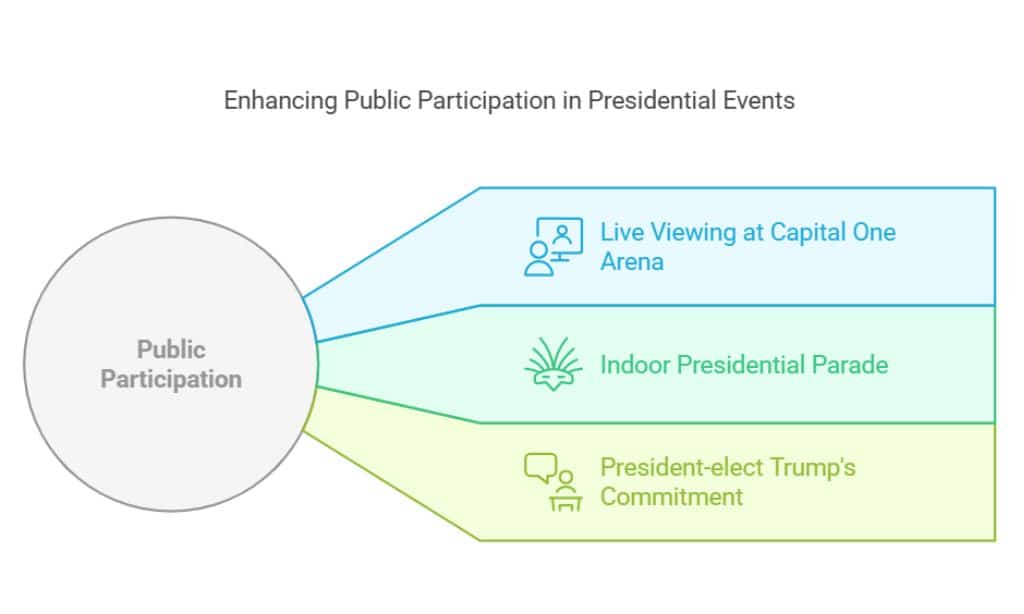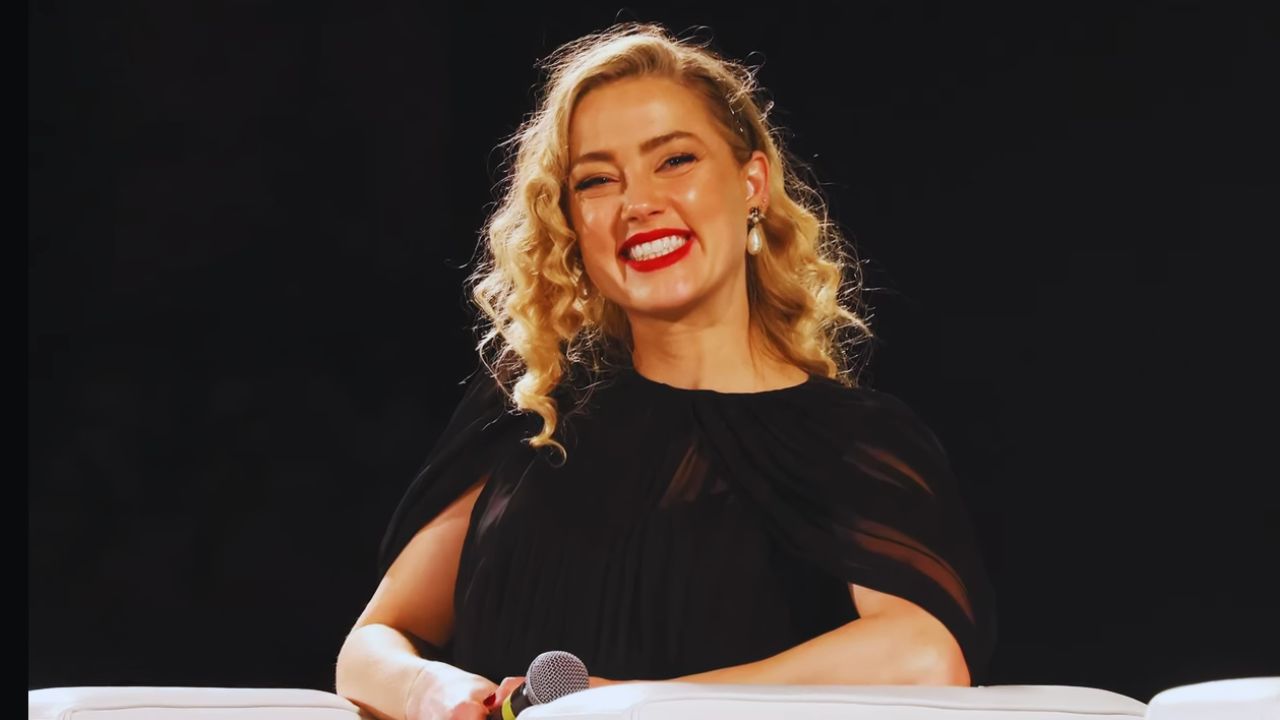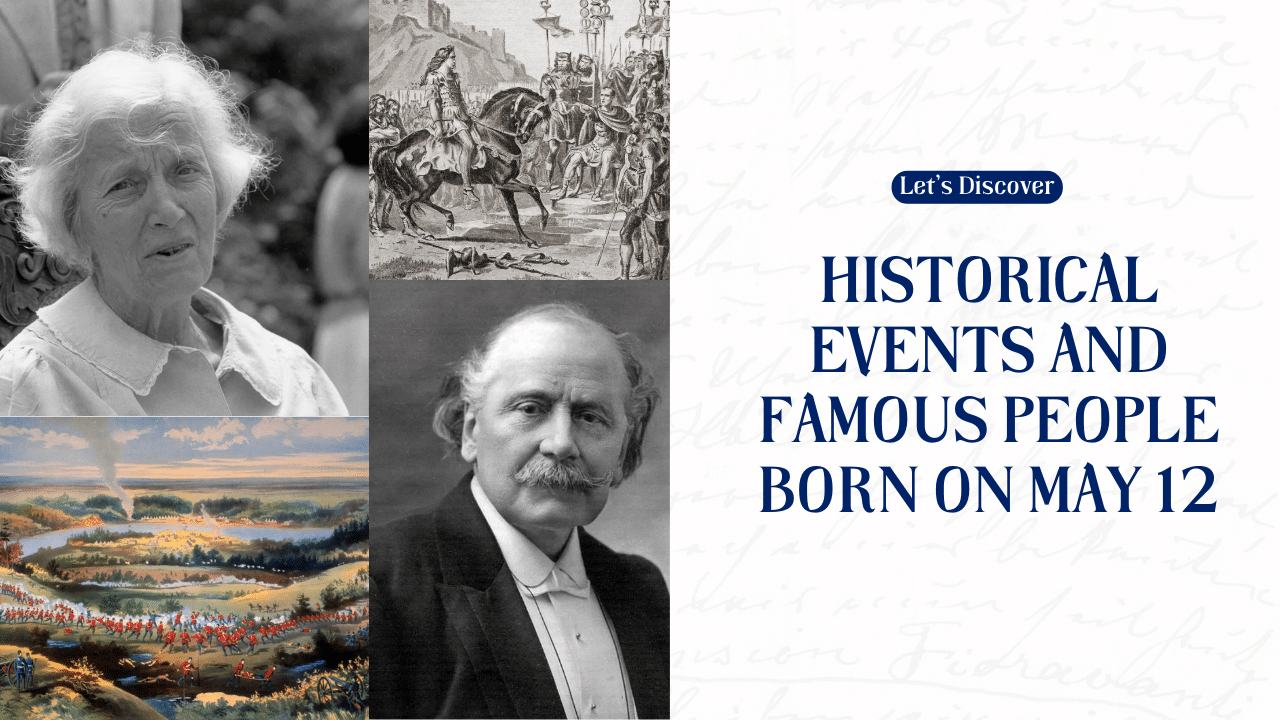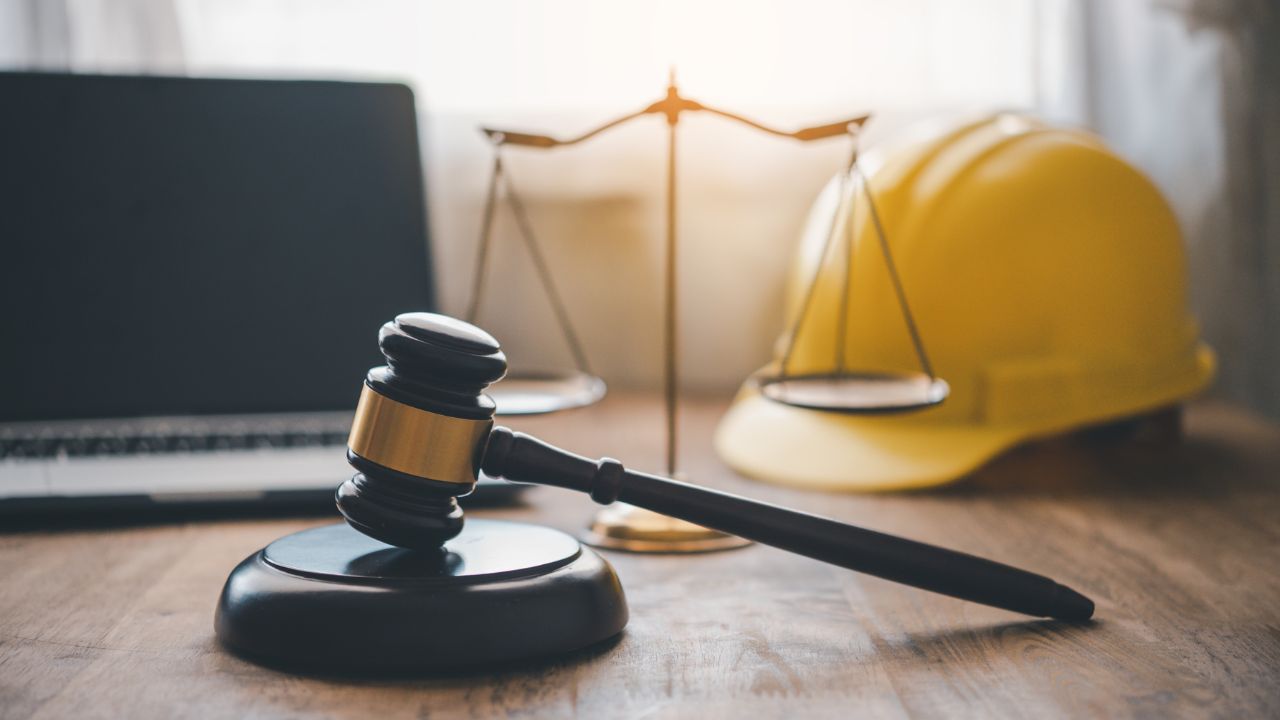President-elect Donald Trump’s inauguration, scheduled for Monday, January 20, 2025, will take place indoors due to dangerously low temperatures and harsh weather conditions in Washington, D.C. The U.S. Capitol Rotunda will host the swearing-in ceremony, marking a rare departure from the traditional outdoor setting on the West Front of the Capitol. This is the first time since Ronald Reagan’s second inauguration in 1985 that extreme cold has prompted such a move.
In an announcement shared on Truth Social, Trump stated:
“I have ordered the Inauguration Address, along with prayers and other speeches, to be delivered in the United States Capitol Rotunda, as was done by Ronald Reagan in 1985, also due to very cold weather. We will open Capital One Arena on Monday for LIVE viewing of this historic event and to host the Presidential Parade. I will join the crowd at Capital One after my swearing-in.”
Forecast: Historic Cold for Washington, D.C.
According to the National Weather Service, temperatures in the nation’s capital at noon on Inauguration Day are expected to hover around 22°F (-5.5°C), nearly 20°F below the seasonal average. Winds between 10-20 mph, with gusts reaching up to 30 mph, will create wind chills that feel as low as 10°F during the day. As temperatures drop further after sunset, wind chills could fall into the single digits.
Adding to the challenge, a mix of rain and snow is possible on Sunday, the day before the ceremony, potentially impacting preparations. However, Monday’s forecast predicts dry conditions despite the bitter cold and strong winds.
Safety Concerns for Attendees and Participants
The decision to move the ceremony indoors reflects the organizers’ priority on safety, not only for attendees but also for officials, law enforcement personnel, and first responders. Prolonged exposure to such conditions could lead to frostbite and hypothermia, making outdoor attendance a health risk. Moving the event indoors mitigates these dangers and ensures a smoother experience for all involved.
Traditionally held outdoors, inaugurations symbolize the peaceful transfer of power and provide an opportunity for thousands of supporters to witness history in person. However, this year’s shift to the Capitol Rotunda restricts attendance to around 700 individuals, primarily including invited guests, members of Congress, and media representatives.
Alternative Arrangements for Public Participation
To accommodate the tens of thousands of people who planned to attend the outdoor ceremony, Trump’s team has arranged for live viewing at the Capital One Arena in downtown Washington, D.C. The arena will also host an indoor version of the Presidential Parade. These adaptations aim to retain public engagement while ensuring comfort and safety for participants.
President-elect Trump has expressed his intent to join the crowd at Capital One Arena after the official swearing-in ceremony, reinforcing his commitment to interacting with his supporters despite the weather challenges.
Historical Context: Rare Indoor Inaugurations
The relocation of an inauguration ceremony indoors is an exceedingly rare occurrence in U.S. history. The most recent example occurred in January 1985 when Ronald Reagan took his second oath of office in the Capitol Rotunda. At that time, temperatures fell to a record-breaking 7°F (-14°C) with wind chills of -20°F, making it one of the coldest days in inauguration history.
Going further back, President James Monroe’s second inauguration in 1821 was held in the House chamber due to a snowstorm that rendered outdoor proceedings impossible. These historical instances highlight how extreme weather has occasionally disrupted the traditions of presidential inaugurations.
Implications of the Severe Weather
The Arctic blast causing record-low temperatures in Washington, D.C., is part of a larger polar vortex affecting much of the United States. This weather system has plunged the Northern Plains, Midwest, and parts of the South into a deep freeze, with sub-zero wind chills reported as far south as Texas and Louisiana.
While the cold front has created challenges for inauguration organizers, it has also underscored the importance of flexible planning and contingency measures for high-profile events. Moving the ceremony indoors ensures that the event proceeds without jeopardizing public safety.
Inauguration Events Beyond the Ceremony
Despite the adjustments to the main ceremony, other inaugural events remain on schedule. The traditional Victory Rally and various inaugural balls are expected to proceed as planned. While attendance may be affected by the extreme weather, these events will likely draw significant participation, reflecting the celebratory spirit of Inauguration Day.
Organizers continue to finalize details for the modified inauguration, coordinating with security teams, Capitol staff, and public health officials to ensure a seamless transition to the indoor venue. The live broadcast from both the Capitol Rotunda and the Capital One Arena will allow millions of Americans to witness this historic day from the warmth of their homes.
As President-elect Trump prepares to take office, this rare indoor ceremony will undoubtedly stand out in the annals of American history, symbolizing resilience and adaptability in the face of extraordinary circumstances.








































